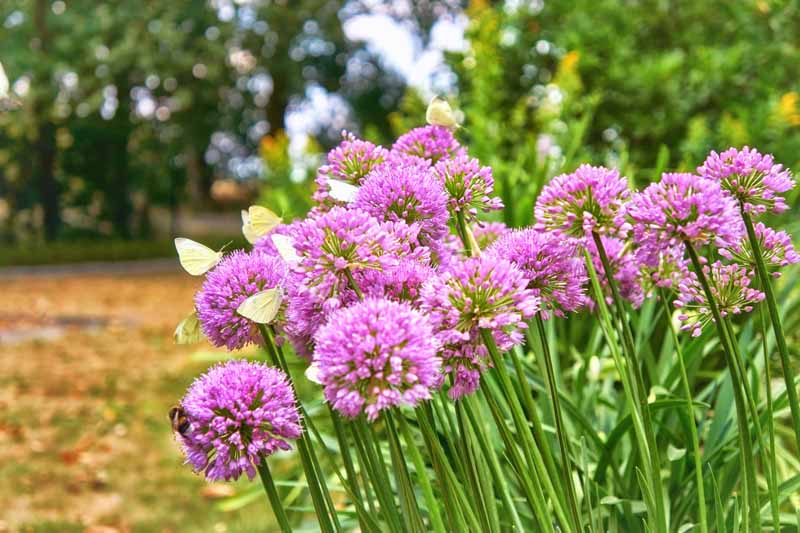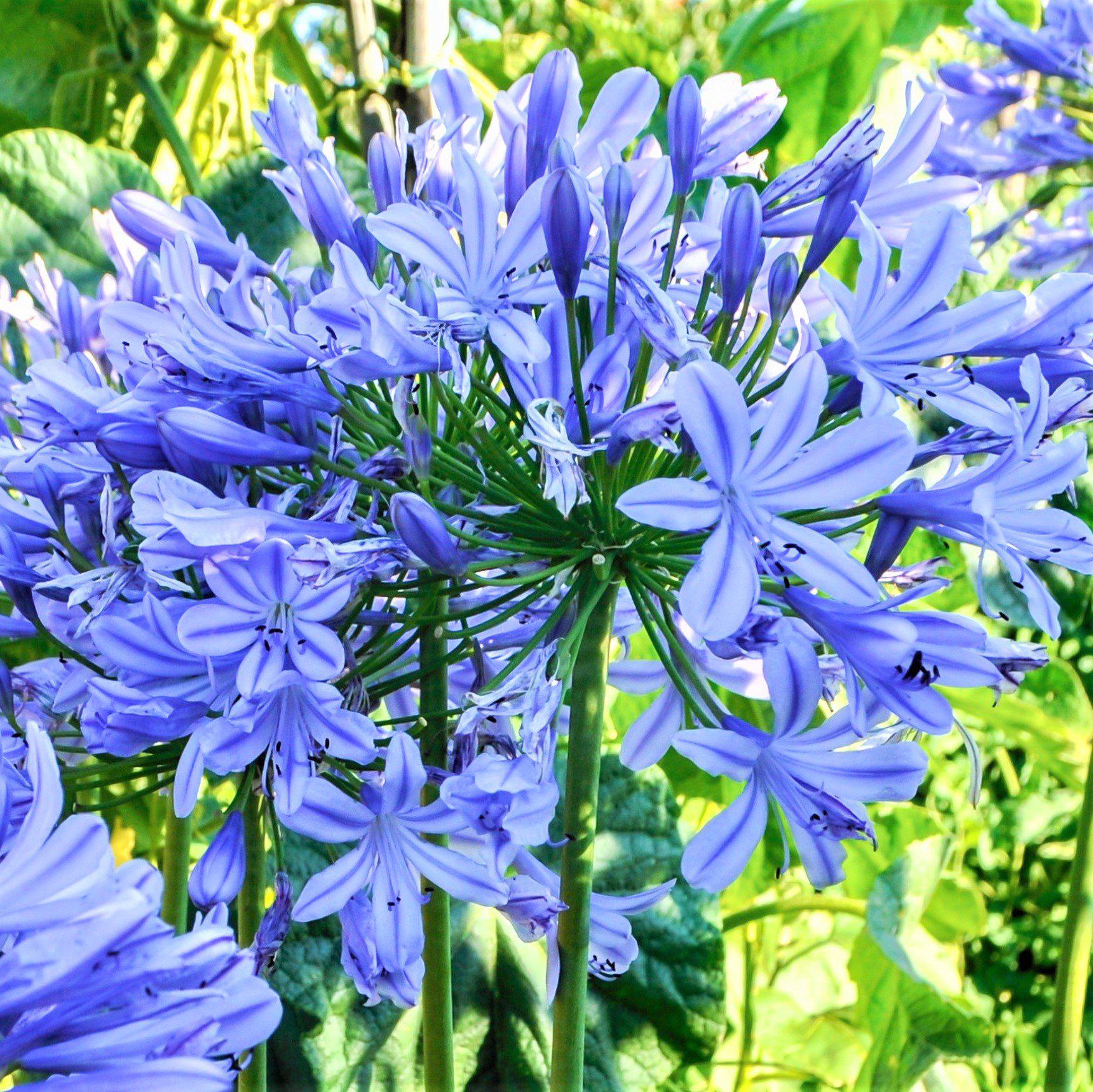Agapanthus Propagation: Tips for Expanding Your Plant Collection
Agapanthus Propagation: Tips for Expanding Your Plant Collection
Blog Article
Releasing the Secret to Effective Agapanthus Farming: Tips and Tricks for a Flourishing Garden
In the world of gardening, cultivating agapanthus efficiently calls for a calculated technique that includes different aspects of plant care. With mindful interest to information, one can open the secrets to supporting these magnificent flowers, causing a garden that thrives with beauty and vibrancy. By comprehending the nuances of agapanthus farming, one can produce an atmosphere where these plants grow and flower generously. In the adhering to discussion, we will certainly explore crucial tips and tricks that will lead you in the direction of a prospering agapanthus yard, offering understandings into best methods, dirt conditions, watering methods, and more.
Planting Agapanthus: Best Practices
When growing Agapanthus, proper soil prep work is crucial for making sure successful growth and growth of these attractive flowers. Agapanthus, generally understood as Lily of the Nile or African lily, prospers in well-draining dirt with a somewhat acidic to neutral pH degree - Agapanthus. Before planting, it is essential to amend heavy clay dirts with natural issue such as compost or peat moss to enhance water drainage and provide necessary nutrients for the plants
To plant Agapanthus, pick a place that receives full sunshine to partial color, as this will certainly advertise healthy and balanced growth and abundant flowering. Dig an opening two times the size of the plant's root sphere and position the Agapanthus at the exact same deepness it was formerly growing. Delicately backfill the hole with soil, pushing down firmly to get rid of any type of air pockets around the origins.
Water the newly planted Agapanthus extensively and remain to keep the dirt evenly wet, especially during the plant's energetic expanding season. Agapanthus. Using a balanced plant food once a month can better support the plant's growth and flowering. By complying with these ideal practices for planting Agapanthus, you can create a sensational display screen of these fascinating flowers in your garden
Perfect Dirt Conditions for Agapanthus
For optimum development and blooming success of Agapanthus plants, guaranteeing the dirt conditions are ideal is crucial. Agapanthus prospers in well-draining dirt with a somewhat acidic to neutral pH degree varying from 6.0 to 7.0. This kind of dirt enables adequate water drainage, protecting against waterlogging which can result in root rot. To improve soil water drainage, take into consideration adding raw material such as compost or peat moss when preparing the planting website. In addition, Agapanthus favors dirt that is abundant in nutrients, so including a balanced fertilizer throughout the expanding season can promote healthy and balanced development and dynamic blooms.

Watering and Fertilizing Tips
To make sure healthy growth and vivid blooms, correct watering and feeding strategies are important for successful Agapanthus farming. Agapanthus plants profit from normal watering, especially throughout the growing period.
When it involves feeding Agapanthus, a well balanced plant food with equal components nitrogen, phosphorus, and potassium can be applied in the springtime to advertise healthy and balanced growth and blooming. Slow-release fertilizers are suitable for providing nutrients progressively over an extensive duration. Stay clear of over-fertilizing, as this can result in too much vegetation growth at the expenditure of blossoms.
In addition, including raw material explanation like compost right into the soil can enhance nutrient degrees and boost dirt framework, aiding in the overall health of the Agapanthus plants. By following these watering and feeding suggestions, gardeners can guarantee their Agapanthus plants prosper and create stunning screens of blossoms.
Trimming and Deadheading Methods
Correct pruning and deadheading methods play a critical function in keeping the health and looks of Agapanthus plants, complementing the necessary practices of watering and fertilizing for successful growing. Pruning Agapanthus entails getting rid of spent blossom heads, dead or yellowing leaves, and overall shaping of the plant to promote far better development. Deadheading, the process of dig this getting rid of discolored blossoms, not just boosts the plant's appearance however additionally motivates more flowering.
When deadheading Agapanthus, it is suggested to snip off the flower stem at the base using sharp, tidy shears. This process reroutes the plant's power from seed manufacturing back into origin and vegetation growth, promoting a much healthier and a lot more robust plant. Routine deadheading can prolong the growing duration of Agapanthus and stop self-seeding, which can lead to overcrowding.
In regards to trimming, Agapanthus normally gain from a light trim after flowering to clean the plant and motivate fresh growth. Cutting down the invested blossom stems and removing any type of broken or dead foliage aids maintain the plant's vigor and general look. Nevertheless, it is crucial to avoid reducing right into the crown of the plant, as this can weaken its health and wellness.

Protecting Agapanthus From Pests and Diseases
Carrying out efficient insect and condition monitoring methods is essential read review to protecting the wellness and vitality of Agapanthus plants in cultivation. One common bug that impacts Agapanthus is the Agapanthus borer, a caterpillar that tunnels right into the plant, creating damages to the flowers and fallen leaves.
In enhancement to bugs, Agapanthus are at risk to diseases such as root rot and fungal leaf spots. These concerns can often be avoided by ensuring appropriate drain and staying clear of overwatering. Impacted components of the plant need to be quickly removed to stop more spread if signs of disease show up. Fungicides may likewise be used as a treatment action, adhering to the producer's instructions thoroughly. By staying cautious and dealing with pest and condition concerns without delay, garden enthusiasts can help their Agapanthus grow and flourish.

Conclusion
In final thought, effective farming of agapanthus needs proper growing strategies, excellent dirt problems, appropriate watering and fertilizing, regular trimming and deadheading, and defense from parasites and conditions. By adhering to these suggestions and tricks, gardeners can make certain a prospering garden loaded with attractive agapanthus blossoms. Agapanthus. Keep in mind to keep regular care and interest to information to promote the health and durability of these magnificent plants
When planting Agapanthus, proper dirt preparation is necessary for ensuring effective development and advancement of these attractive flowers.Water the newly grown Agapanthus thoroughly and proceed to maintain the dirt equally damp, specifically throughout the plant's active growing season.For ideal development and blooming success of Agapanthus plants, making certain the dirt problems are optimal is important. When planting or transplanting Agapanthus, make certain the dirt is well-prepared to give the required foundation for the plants to develop themselves successfully. One common bug that affects Agapanthus is the Agapanthus borer, a caterpillar that passages into the plant, causing damage to the fallen leaves and blossoms.
Report this page